Myofascial trigger release is a technique used in physical therapy to relieve pain and tension in muscles and connective tissues. It involves applying pressure to specific points in the muscle, known as trigger points to release tension and promote relaxation.
This technique can be performed manually by a therapist or with the help of tools such as foam rollers or massage balls. Myofascial trigger release can help improve the range of motion, reduce pain and improve overall muscle function.
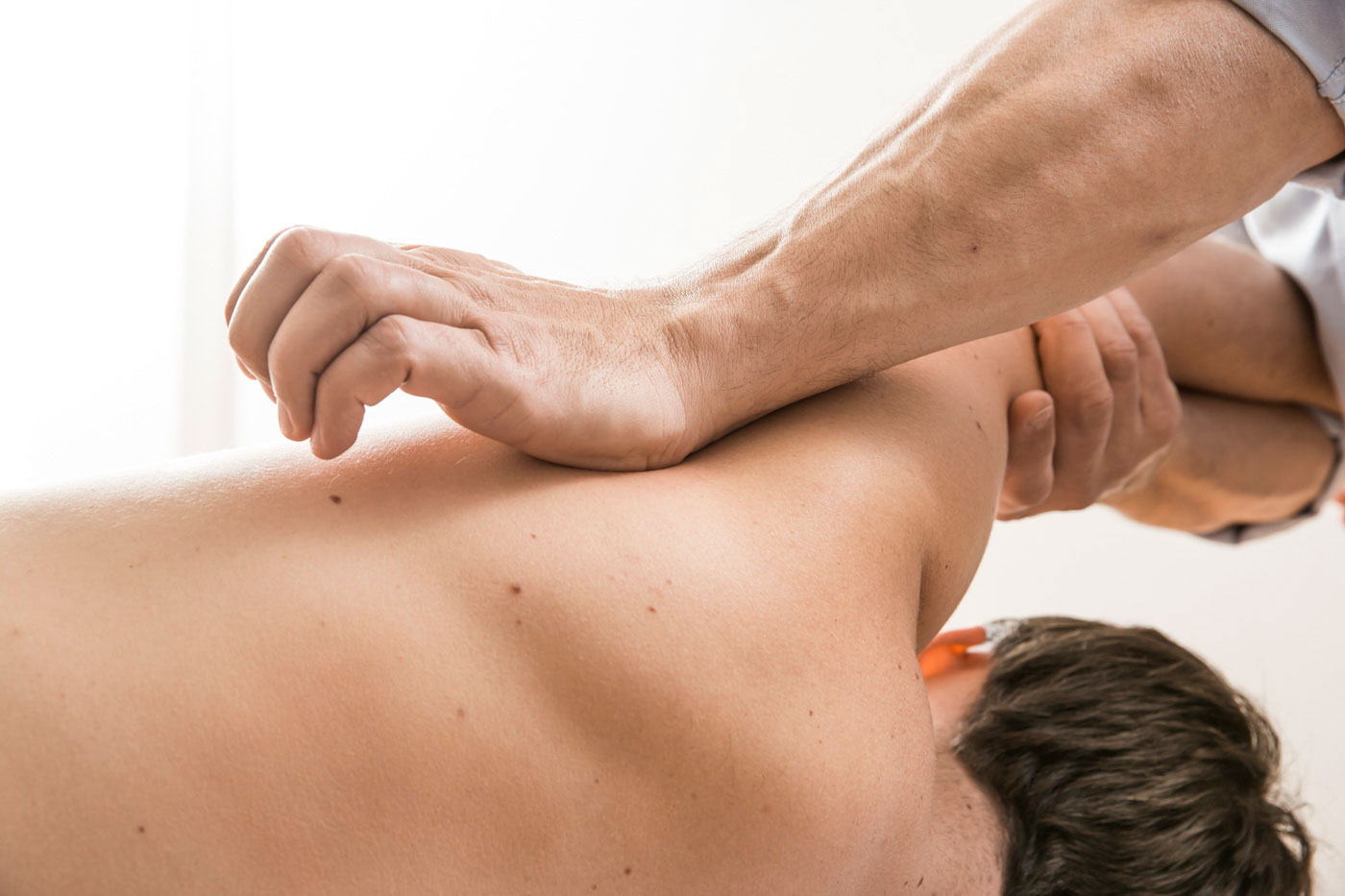
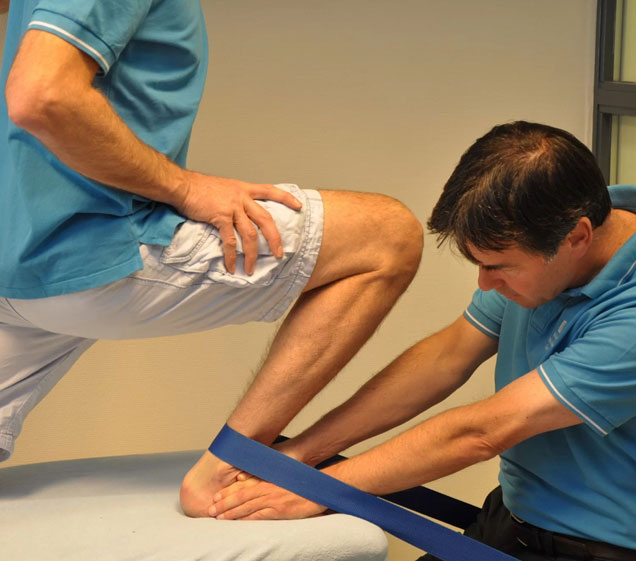
Mulligan mobilization is a hands-on technique used by physical therapists to improve joint mobility and reduce pain. It involves applying sustained or intermittent pressure to specific joints while the patient performs specific movements.
This technique is used to help restore the normal gliding and sliding motions of the joint surfaces, reduce inflammation and relieve pain.
Mulligan mobilization can be used for a variety of conditions such as back pain, neck pain and shoulder pain. It is a gentle and painless technique that can be performed without the use of high-velocity thrusts or manipulations.
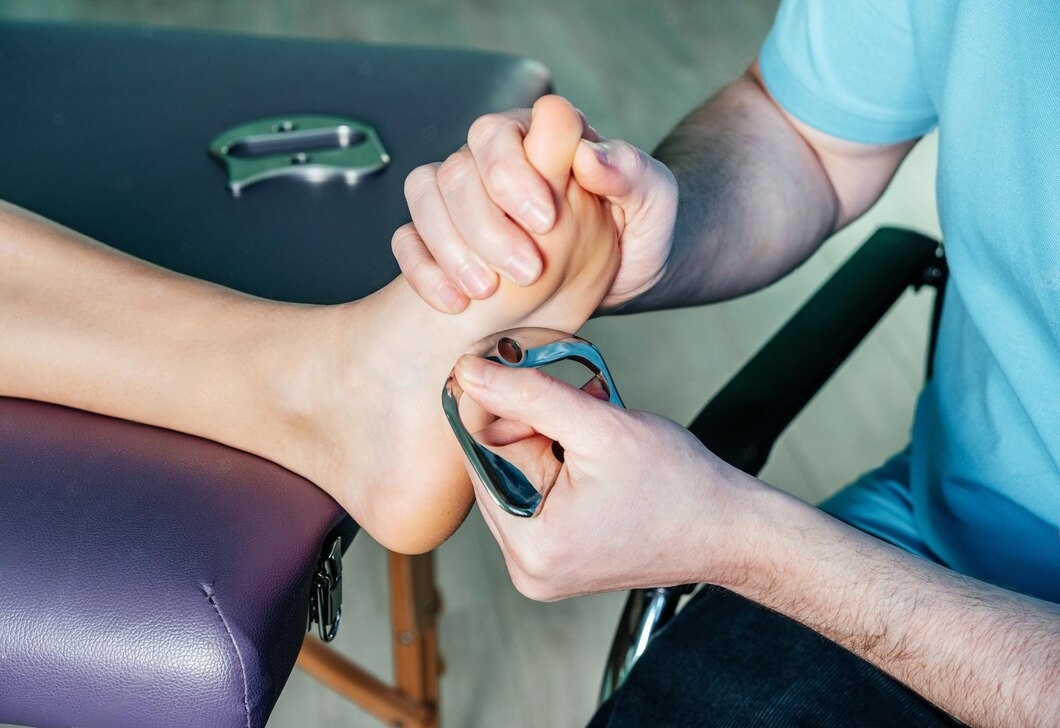
Instrument-assisted soft tissue mobilization (IASTM) is a technique used by physical therapists to treat soft tissue injuries such as muscle strains or fascial restrictions. It involves using specially designed tools to apply pressure and friction to the affected area in order to break up adhesions, improve blood flow, and promote healing.
The therapist will apply the IASTM tool to the skin with a lubricant and move it in a back-and-forth or circular motion, which creates a "scraping" sensation. This technique can be used on various parts of the body, such as the back, neck, and legs.
IASTM is a non-invasive and painless technique that can help reduce pain and improve mobility. It is often used in conjunction with other physical therapy techniques such as exercise and manual therapy to help patients recover from soft tissue injuries.
Muscle sprain and strains
All joint pain
Spinal disc pathology
Arthritis
Cervical and lumbar spondylosis
tendinitis and bursitis
Sports injuries
Post operative pain and stiffness
We are specialised in head ache
Vertigo
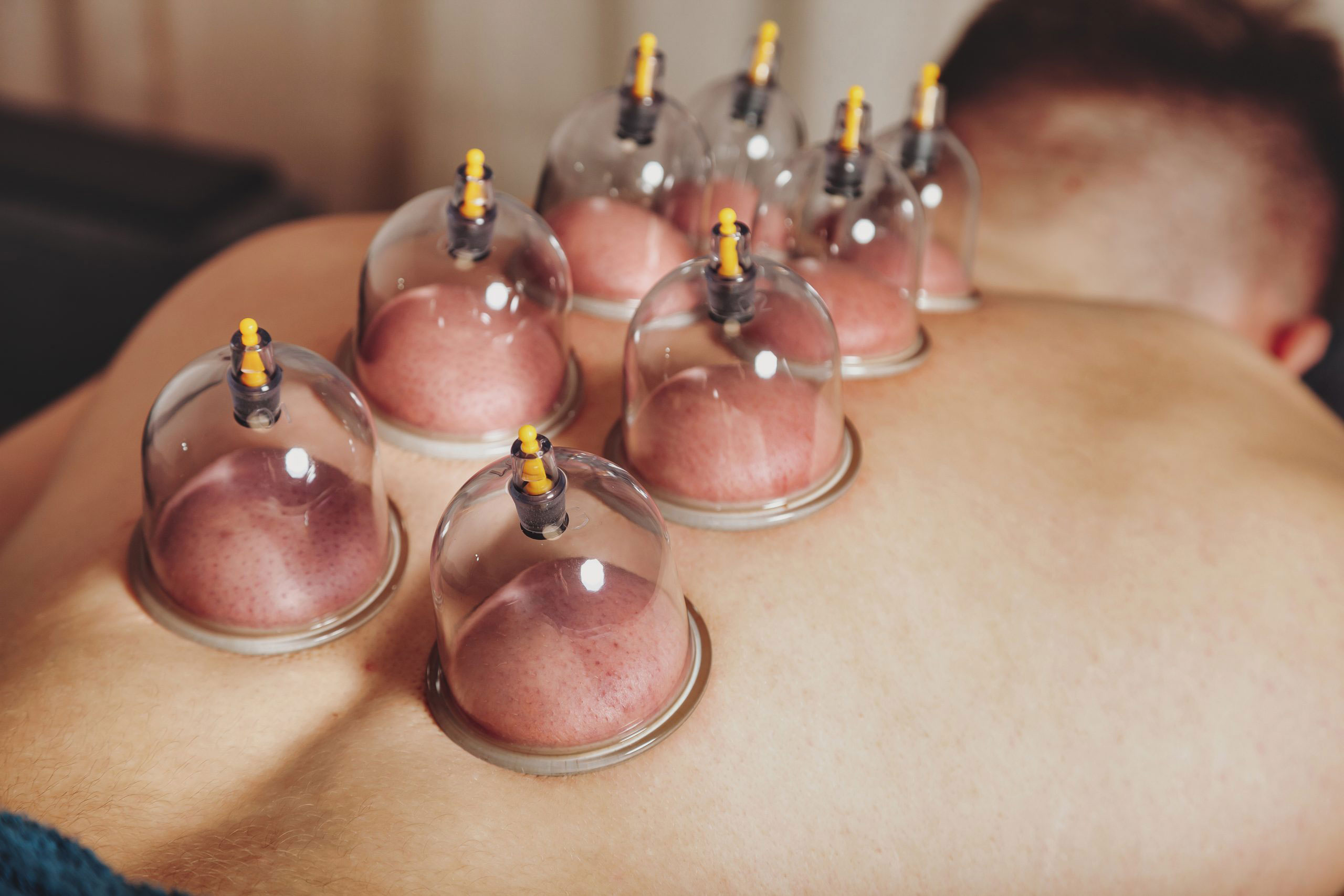
Cupping therapy is an ancient form of alternative medicine that involves placing cups on the skin to create suction. The cups can be made of various materials, such as glass or silicone, and are typically heated or suctioned onto the skin. The suction creates a vacuum effect that pulls the skin and underlying tissue into the cup, causing localized blood flow and muscle relaxation.
Cupping therapy is often used to treat pain, inflammation, and muscle tension, and is commonly used by athletes as a recovery technique. The cups are typically left on the skin for a few minutes, and our therapist may move them around to target different areas of the body.
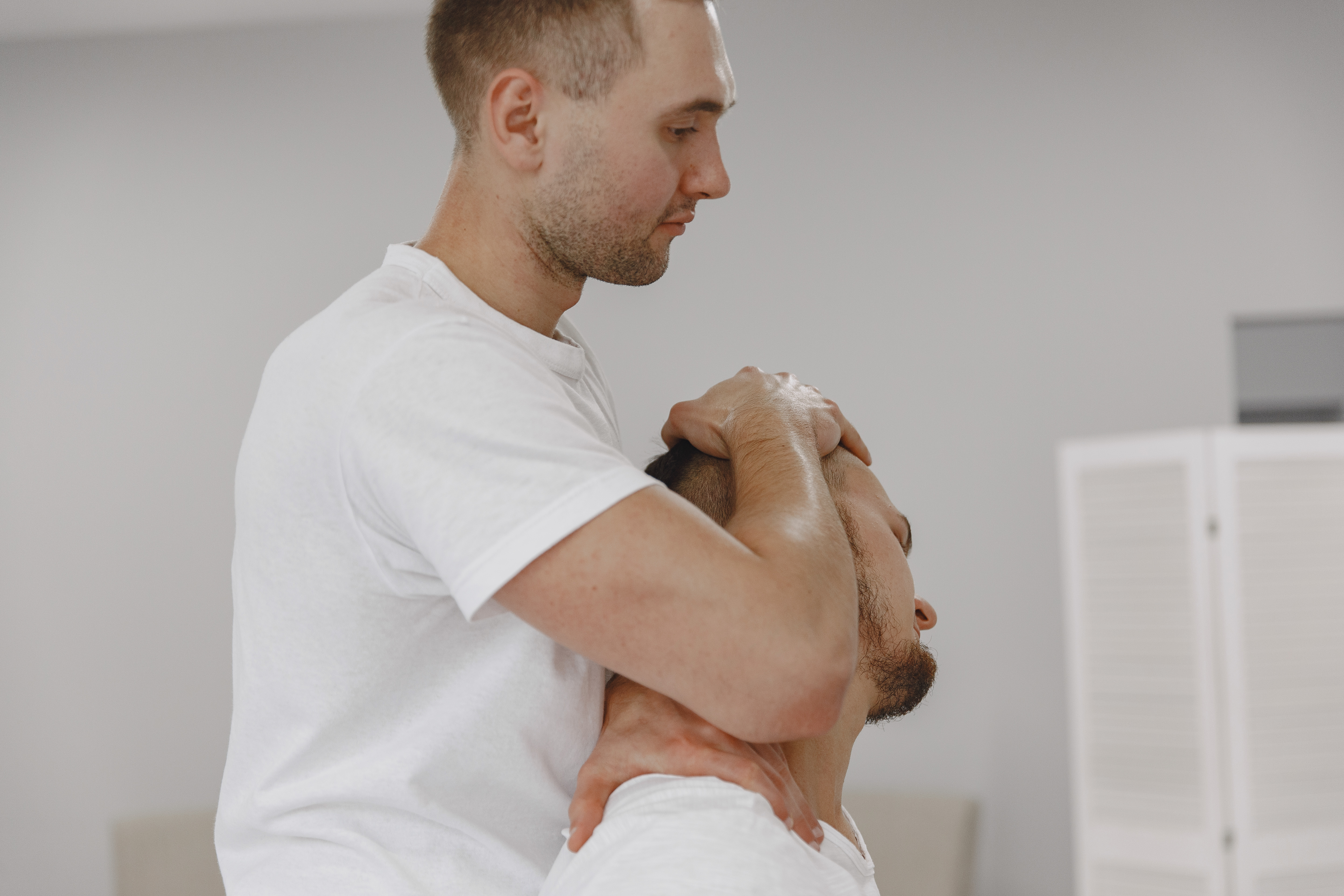
Craniosacral manipulation is a type of hands-on therapy that involves gentle manipulation of the bones and tissues of the skull, spine, and pelvis. This therapy is based on the idea that the cerebrospinal fluid that surrounds the brain and spinal cord has a natural rhythm that can be disrupted by physical or emotional stress, causing pain and dysfunction.
During a craniosacral manipulation session, the therapist uses light touch to detect and correct any imbalances in the craniosacral system. This can involve gently manipulating the bones of the skull, spine, and pelvis, as well as stretching and releasing the soft tissues that surround them.
Craniosacral manipulation is often used to treat a wide range of conditions, including chronic pain, headaches, TMJ disorders, and stress-related disorders. It is a gentle and non-invasive therapy that can be performed on patients of all ages. However, it should only be performed by a qualified practitioner with specialized training in craniosacral therapy.
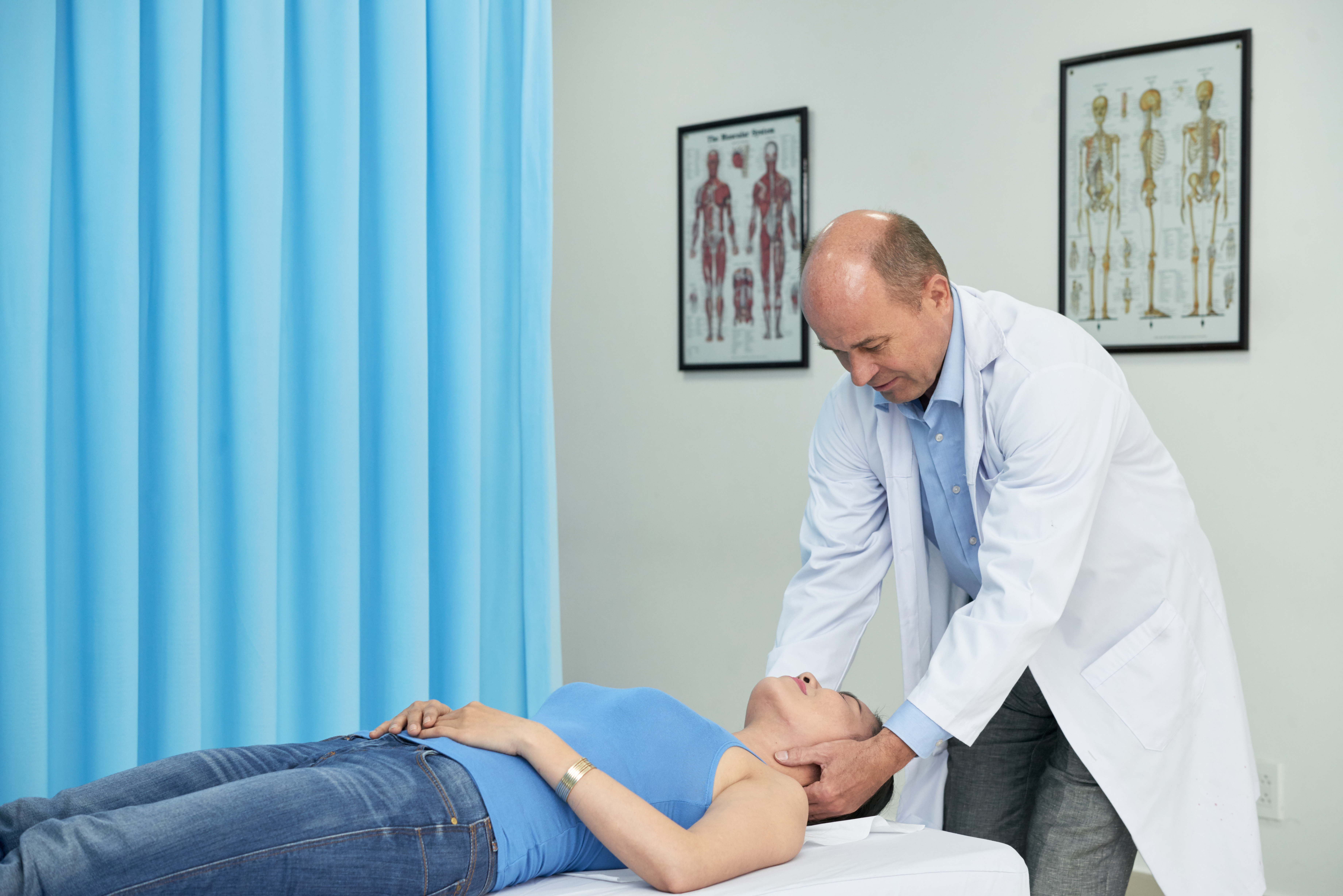
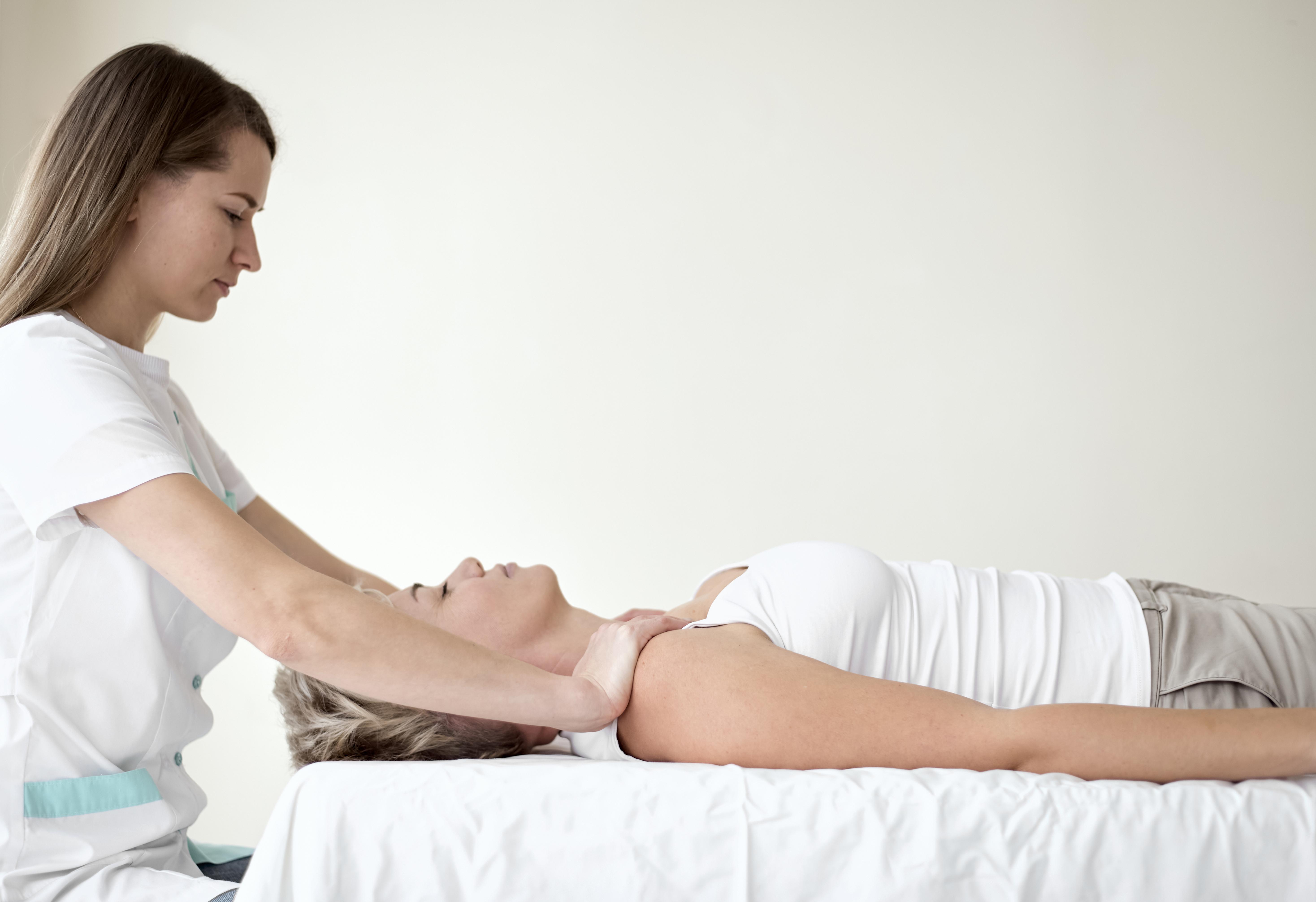
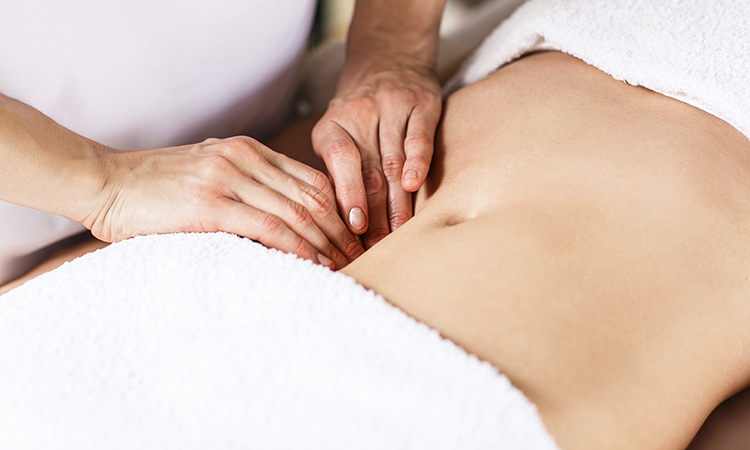
Visceral manipulation is a type of hands-on therapy that involves gentle manipulation of the internal organs to improve their function and reduce pain and dysfunction. The therapy is based on the idea that the organs of the body are interconnected by a complex system of tissues and nerves, and that dysfunction in one organ can affect the function of others.
During a visceral manipulation session, the therapist uses gentle pressure and stretching techniques to improve the mobility and function of the internal organs. This can involve manipulating the organs themselves, as well as the tissues that surround them, including the diaphragm, pelvic floor, and abdominal muscles.
Visceral manipulation is often used to treat a variety of conditions, including digestive disorders, respiratory problems, menstrual and reproductive disorders, and chronic pain. It is a non-invasive therapy that can be performed on patients of all ages. However, it should only be performed by a qualified practitioner with specialized training in visceral manipulation
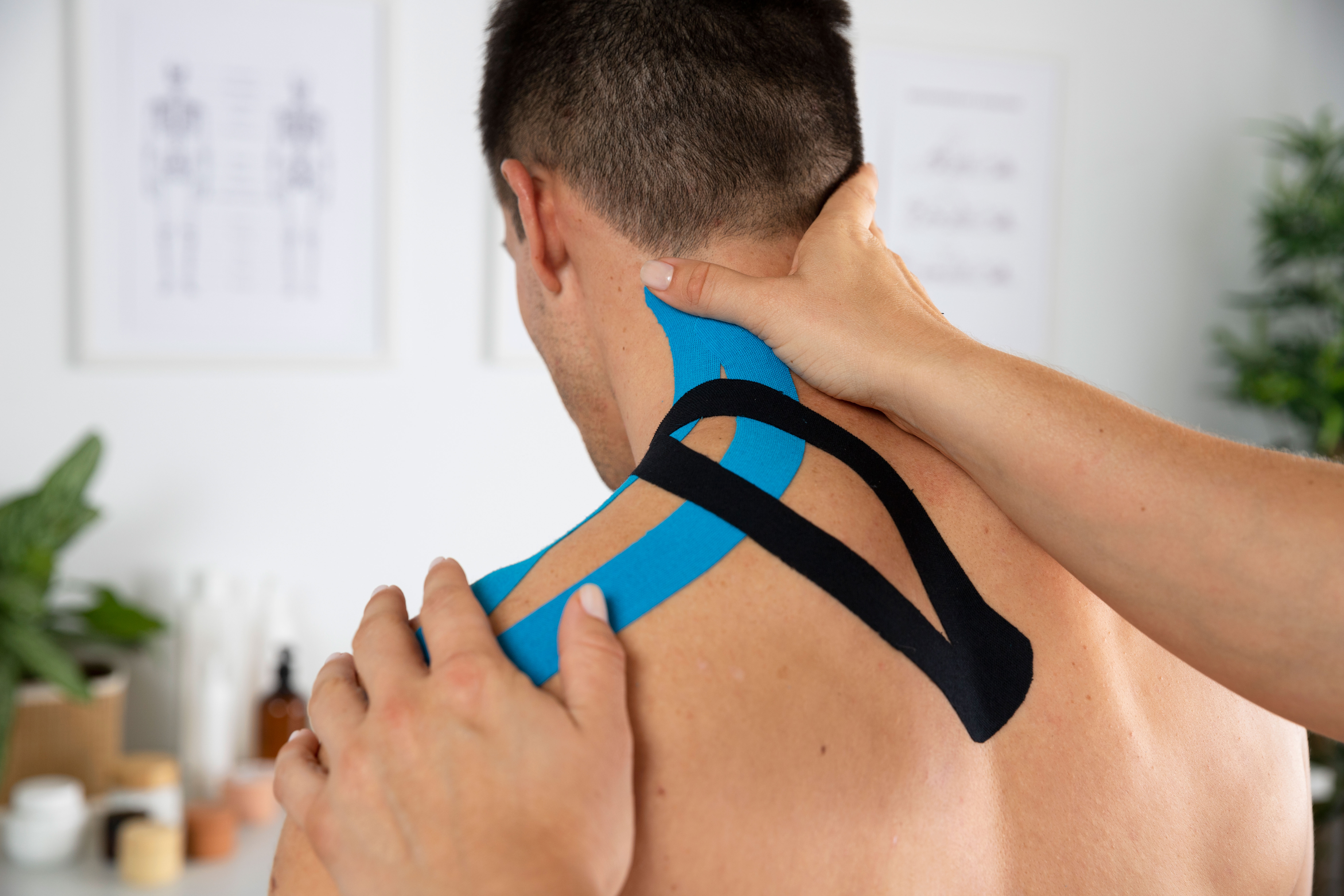
Kinesio taping is a therapeutic technique that involves the application of special tape to the skin to help support muscles and joints and reduce pain and inflammation. During a kinesio taping session, the therapist will assess the patient's needs and apply the tape in specific patterns to support the affected muscles and joints. The tape can be stretched and applied in various directions, depending on the desired effect.
Kinesio taping is often used to treat a variety of conditions, including muscle strains, joint injuries, and postural problems. It is a non-invasive therapy that can be used in conjunction with other physical therapy techniques, such as exercise and manual therapy, to help patients recover from injuries and improve their mobility.
Osteopathic manipulation, also known as osteopathic manual therapy is a type of hands-on therapy used to diagnose, treat, and prevent a wide range of health problems. The therapy is based on the principle that the body's musculoskeletal system is interconnected and that problems in one area can affect other areas of the body.
During an osteopathic manipulation session, the practitioner will use their hands to apply gentle pressure and stretching techniques to the muscles, bones, and joints of the body.
This can help to improve mobility, reduce pain and inflammation, and promote overall health and well-being.
Osteopathic manipulation is often used to treat a variety of conditions, including back and neck pain, headaches, digestive disorders, and respiratory problems. It is a non-invasive therapy that can be used on patients of all ages, from infants to the elderly.
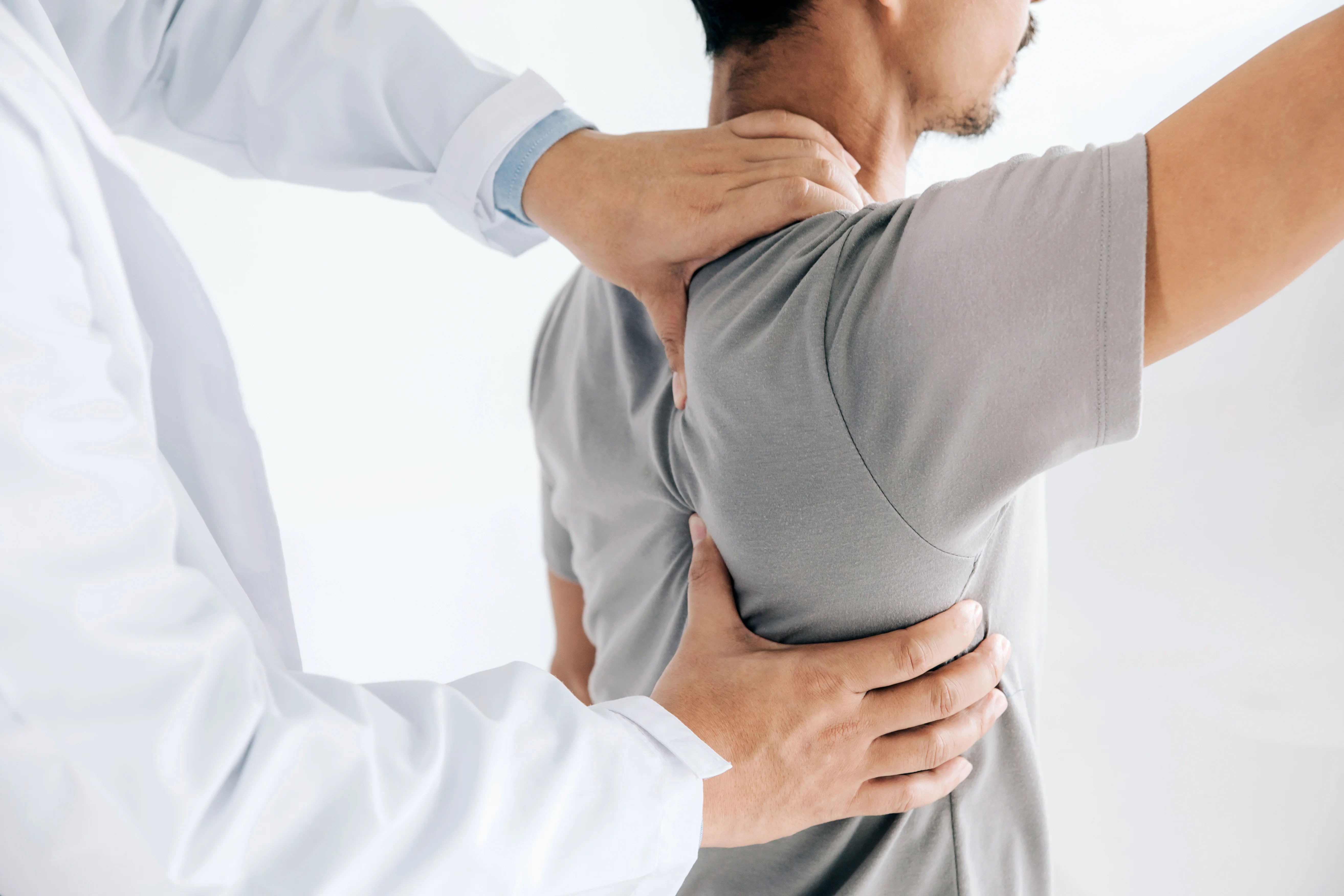
Chiropractic manipulation, also known as spinal manipulation or chiropractic adjustment, is a type of manual therapy used to treat musculoskeletal problems. It involves the application of controlled force to joints and soft tissues in order to improve mobility and reduce pain and inflammation.
During a chiropractic manipulation session, the chiropractor will use their hands or a small instrument to apply quick, high-velocity movements to specific areas of the body. These movements are designed to restore the normal range of motion to the affected joints and muscles.
Chiropractic manipulation is often used to treat conditions such as back and neck pain, headaches, and joint problems. It is a non-invasive therapy that can be used on patients of all ages, although it may not be suitable for those with certain medical conditions.
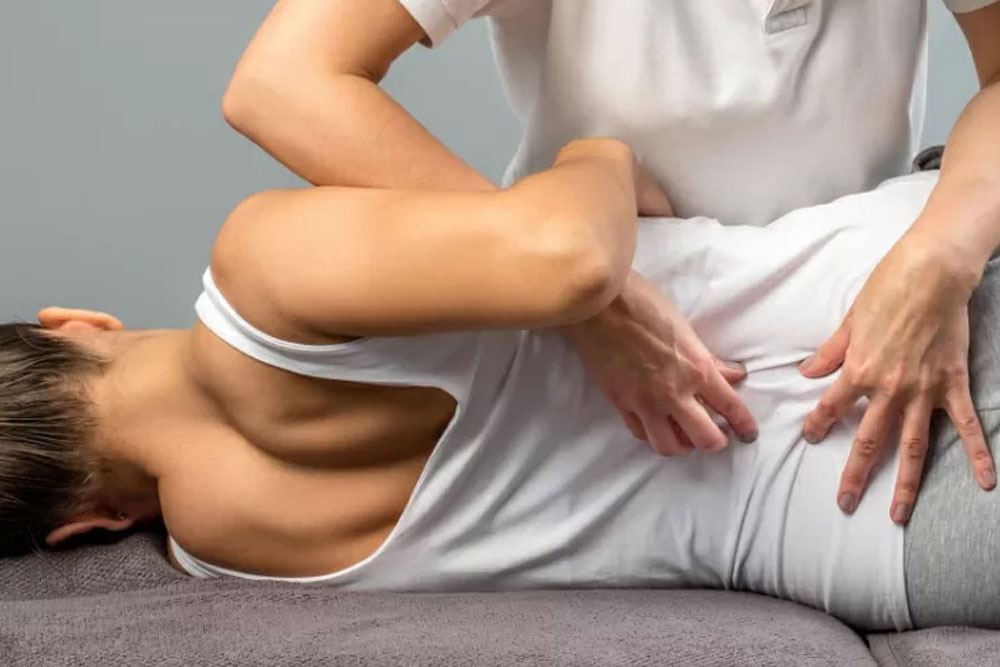
Neural manipulation is a type of hands-on therapy that focuses on the nervous system and its impact on the body. It is based on the idea that the nervous system can become restricted or compressed due to various factors, such as trauma, poor posture, or inflammation, which can lead to pain and dysfunction.
During a neural manipulation session, the therapist will use gentle manual techniques to release tension and restrictions in the nervous system. This can involve applying light pressure or stretching to specific areas of the body such as the spine, skull, or extremities.
Neural manipulation is often used to treat a variety of conditions, including headaches, neck and back pain, joint problems, and digestive disorders. It is a non-invasive therapy that can be used on patients of all ages, from infants to the elderly.
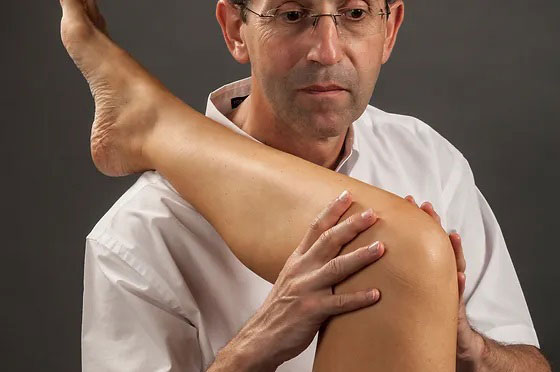
Fascial manipulation is a type of manual therapy that focuses on the fascia, a network of connective tissue that surrounds and supports muscles, bones, and organs throughout the body. The therapy is based on the idea that dysfunction or restriction in the fascia can lead to pain and dysfunction in the body.
During a fascial manipulation session, the therapist will use their hands to apply pressure and stretching techniques to the fascia, with the goal of restoring mobility and function to the affected areas. This can involve targeting specific areas of the body, such as the back, neck, or limbs.
Fascial manipulation is often used to treat a variety of conditions, including musculoskeletal pain, headaches, and sports injuries. It is a non-invasive therapy that can be used on patients of all ages, from children to the elderly.
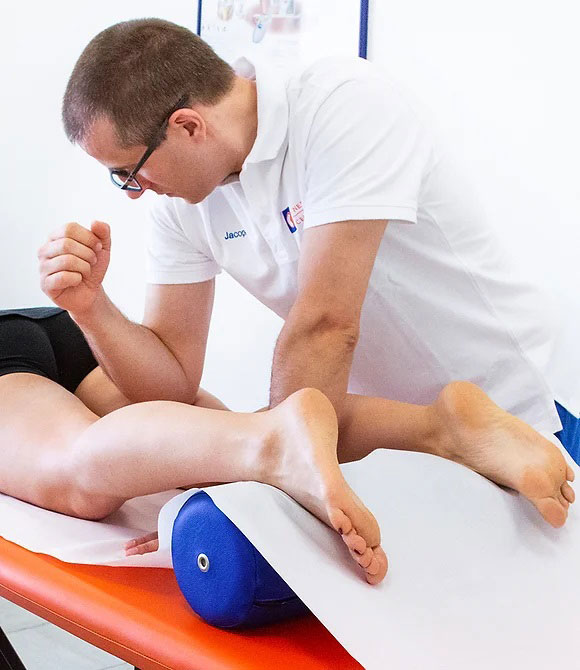
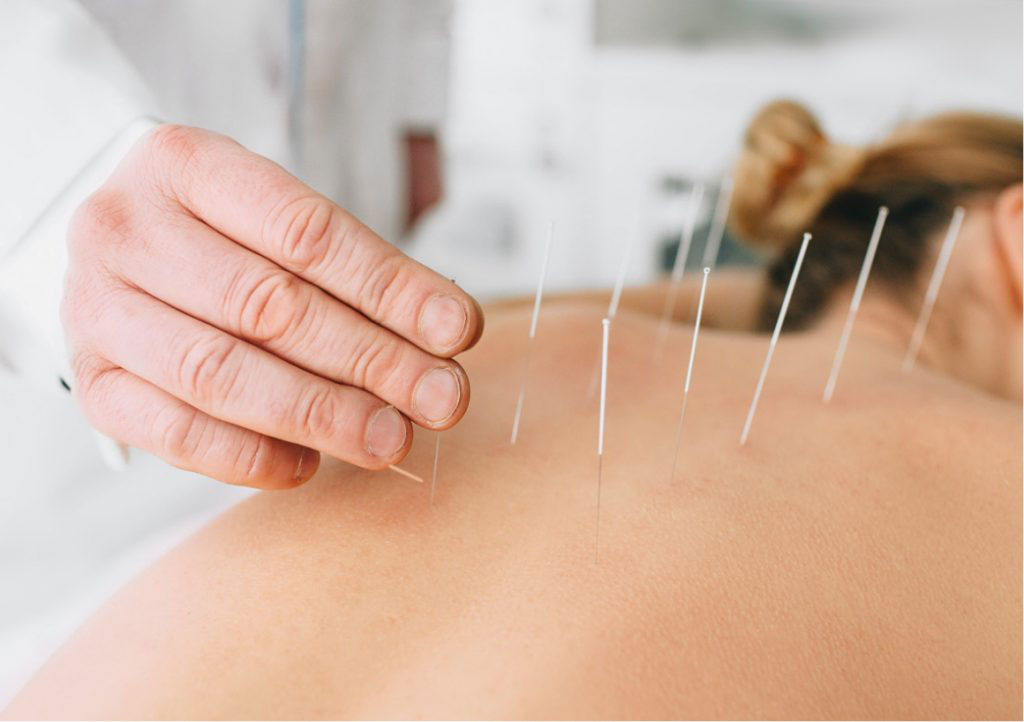
Dry needling is a technique used in physical therapy and other healthcare fields to treat muscle pain and other soft tissue problems. It involves the insertion of thin sterile needles into trigger points in the muscles or connective tissues, which are areas of tightness or knots that can cause pain and dysfunction.
The goal of dry needling is to stimulate the body's natural healing response and promote the release of tension and inflammation in the affected area. The technique is similar to acupuncture, although the principles and practices are different.
During a dry needling session, the therapist will insert the needles into the trigger points, and may manipulate or move them to create a therapeutic effect. Patients may experience mild discomfort or a sensation of pressure during the treatment, but it is generally well-tolerated.

Success Rate